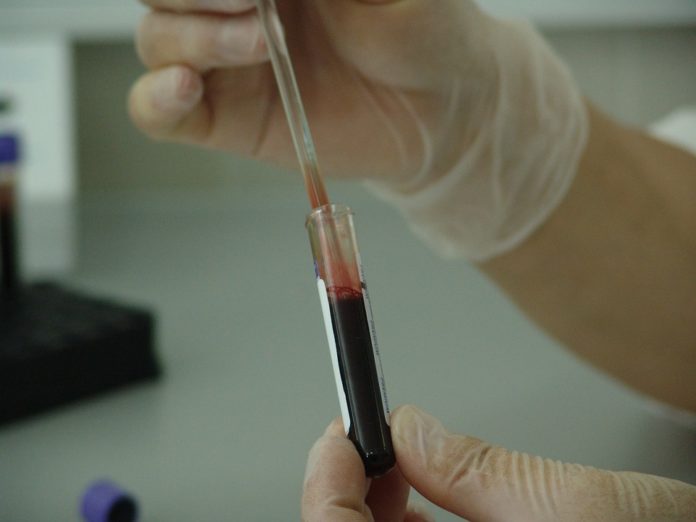Chemotherapy can expand life, or even give a cure, however sporadically with reactions so extreme that patients diminish or discontinue treatment. Take the instance of paclitaxel, an operator initially got from the bark of the western yew tree, and a standout amongst the most widely recognized apparatuses used to treat cancer of the ovary, bosom, lung, and head and neck.
Paclitaxel is one of the most active drugs used against ovarian cancer. In spite of its life-sparing impacts, be that as it may, one of the reactions is peripheral neuropathy. Up to 50 percent of patients or more have some part of neuropathy, and in an extensive rate, it endures — even after treatment stops.
But across the Miller School campus, a team of investigators in the Department of Molecular and Cellular Pharmacology appears to be in the early stages of finding a way to alleviate the discomfort patients like Slomovitz’s are experiencing. In the laboratory of Associate Professor R. Grace Zhai, Ph.D., a study led by former doctoral student Jennifer M. Brazill, Ph.D., has established a new in vivo animal model for chemotherapy-induced peripheral neuropathy (CIPN), uncovered a mechanism underlying neuropathy, and discovered a potential role for a neuroprotective factor in mitigating CIPN.
Zhai said, “CIPN is the major dose-limiting side effect of many commonly used chemotherapeutic agents, including paclitaxel. Currently, there are no neuroprotective or effective symptomatic treatments for CIPN, and lack of understanding of the in vivo mechanisms of CIPN has greatly impeded the identification of therapeutic agents.”
Scientists primarily optimized a model of paclitaxel-incited fringe neuropathy utilizing Drosophila (fruit fly) larvae that copy parts of CIPN sensory dysfunction. Studying the larvae, they distinguished action that causes pain through stimulation of the nerve cells. They additionally distinguished a basic part for nicotinamide mononucleotide adenylyltransferase (Nmnat), an enzyme known to have neuroprotective properties.
Scientists discovered that it manages the integrity and function of peripheral sensory neurons and has therapeutic potential against diverse sensory symptoms of CIPN.
The study was published online on June 12 by the journal Disease Models & Mechanisms.
